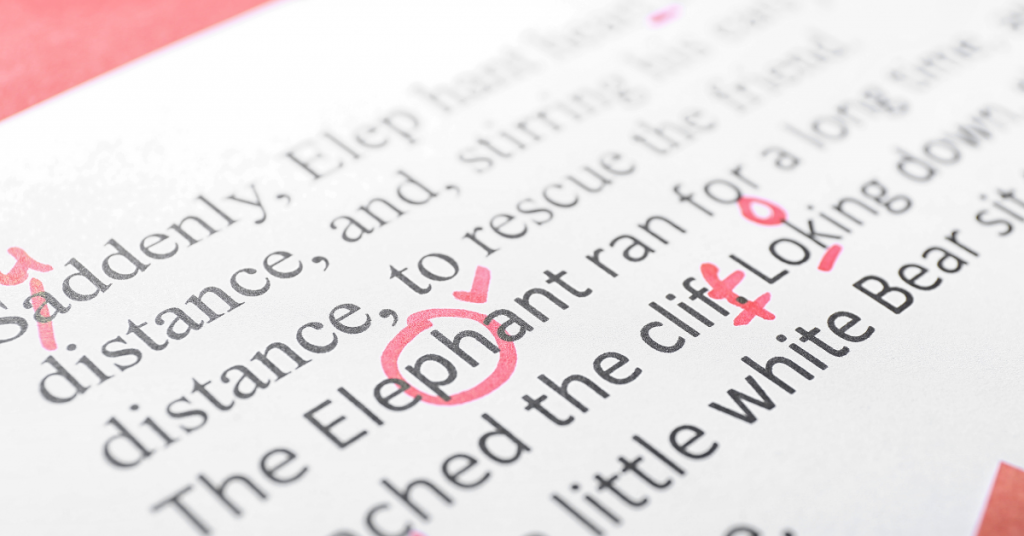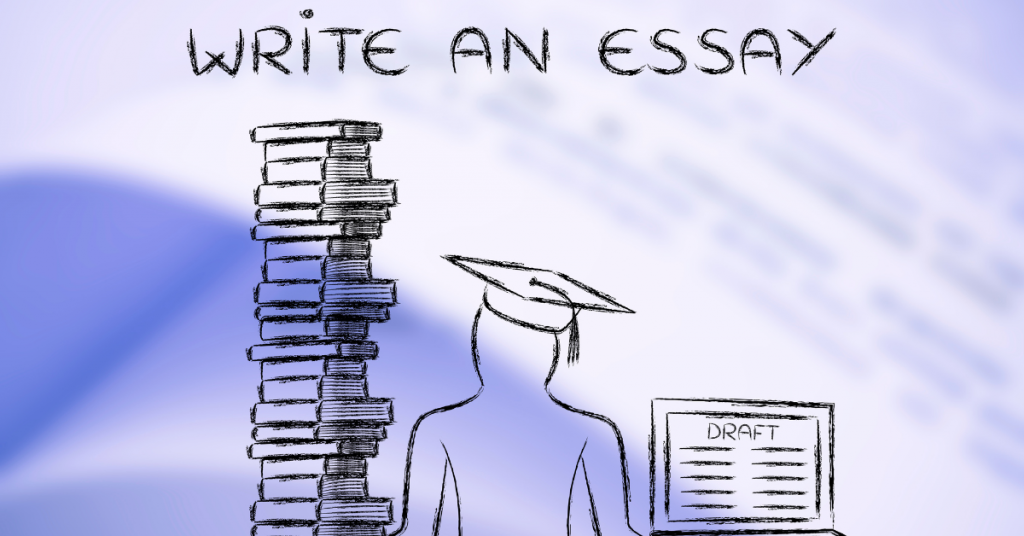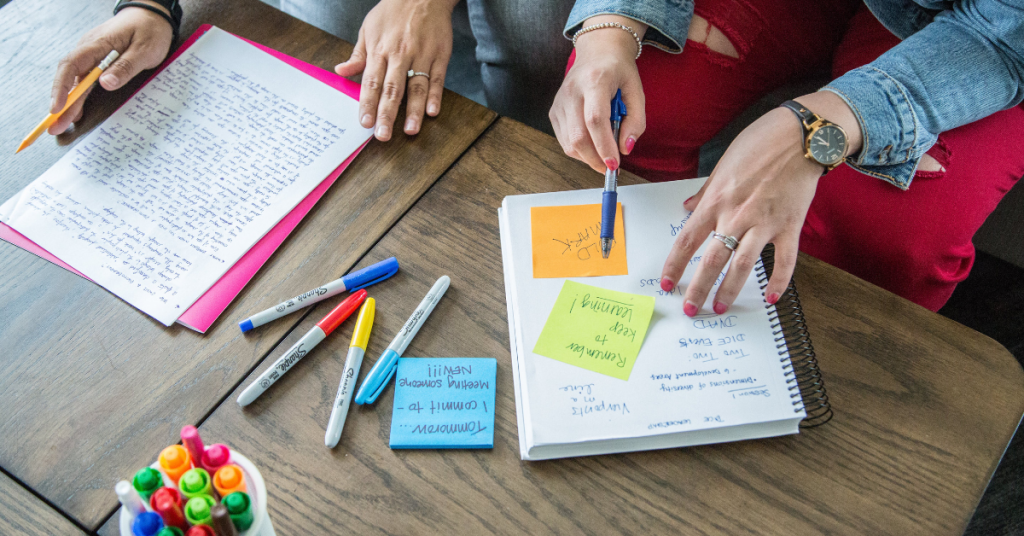As a student navigating the complexities of academic writing, you might encounter a variety of assignments that test your analytical and persuasive skills. One such assignment is the position paper. This type of essay allows you to delve deeply into a specific issue, articulate a clear stance, and present compelling arguments to support your viewpoint. In this blog post, we’ll explore what a position paper is, when you might be asked to write one, the general format used, and provide 25 engaging position paper topics that can spark your interest. If you find yourself struggling with this type of assignment, remember that Essay 24 is here to help with 100% authentic position papers crafted by professional writers.
What is a Position Paper in an Academic Context?
A position paper is a type of academic writing assignment that requires students to investigate a specific issue, take a clear stance, and present well-reasoned arguments to support their position. This type of essay is often used in various disciplines, including political science, philosophy, environmental studies, and business, to develop and demonstrate a student’s critical thinking, research, and persuasive writing skills.
What is the Purpose?
The primary goal of a position paper is to persuade the audience that your viewpoint is valid and supported by evidence. Unlike simple opinion essays, position papers demand rigorous research and a structured approach to presenting your arguments. This involves not only stating your own perspective but also addressing and refuting opposing viewpoints. By doing so, you show a comprehensive understanding of the issue and the ability to engage in academic discourse.
Key Components of a Position Paper
- Introduction: The introduction of a position paper sets the stage for your argument. It should include a hook to grab the reader’s attention, some background information to provide context, and a clear thesis statement that outlines your position.
- Thesis Statement: This is a concise summary of your position on the issue. It serves as the backbone of your paper, guiding the direction of your arguments and keeping your writing focused.
- Body Paragraphs: The body of a position paper is where you develop your arguments. Each paragraph should focus on a single point supporting your thesis. It’s essential to back up each point with evidence, such as statistics, quotes from experts, and results from studies. Additionally, addressing counterarguments is crucial. This not only shows that you have considered different perspectives but also strengthens your position by demonstrating why these counterarguments are not as compelling.
- Conclusion: The conclusion should summarize your main arguments, restate your thesis in light of the evidence presented, and possibly suggest a course of action or further research. It’s your final chance to persuade the reader of your position, so it should be clear and impactful.
Importance in Academia
Position papers play a significant role in academic settings for several reasons:
- Critical Thinking: Writing a position paper requires students to critically analyze an issue, evaluate different perspectives, and develop a coherent argument. This process enhances critical thinking skills, which are essential in all areas of study.
- Research Skills: To build a strong argument, students must conduct thorough research. This involves identifying credible sources, interpreting data, and integrating evidence into their writing.
- Persuasive Writing: Position papers help students practice persuasive writing, a skill that is valuable not only in academia but also in professional and personal contexts.
- Engagement with Current Issues: Position papers often deal with contemporary issues, encouraging students to stay informed about current events and societal debates.
Writing a position paper can be a challenging yet rewarding experience. It allows students to delve deeply into a topic, develop a nuanced understanding of different perspectives, and articulate their own viewpoints effectively.
When Are You Asked to Write a Position Paper?
Position papers are commonly assigned in various academic settings, including:
- Political Science Courses: Students may need to write position papers to explore political theories, policies, or debates.
- Philosophy Classes: These papers help students engage with ethical dilemmas and philosophical questions.
- Debate Clubs and Model United Nations (MUN): Participants often write position papers to prepare their arguments on international issues.
- Business and Law Schools: Position papers can be used to argue for or against specific business practices or legal principles.
- Environmental Studies: Students may write position papers on topics like climate change, conservation, or sustainability.

25 Engaging Position Paper Topics
Choosing a compelling topic is crucial for a successful position paper. Here are 25 topics that might spark your interest:
- Should the voting age be lowered to 16?
- Is the death penalty an effective deterrent to crime?
- Should colleges and universities adopt test-optional admissions policies?
- Is climate change primarily caused by human activity?
- Should social media platforms be regulated to prevent the spread of misinformation?
- Are genetically modified organisms (GMOs) safe for human consumption?
- Should healthcare be considered a fundamental human right?
- Is a universal basic income a viable solution to economic inequality?
- Should the government provide free college education to all citizens?
- Are electric vehicles the future of transportation?
- Should the use of plastic be banned to protect the environment?
- Is homeschooling more effective than traditional schooling?
- Should animal testing be banned in scientific research?
- Is the gig economy beneficial for workers?
- Should hate speech be protected under the First Amendment?
- Are standardized tests an accurate measure of student ability?
- Should the government implement stricter gun control laws?
- Is the influence of money in politics detrimental to democracy?
- Should sports teams be required to have gender diversity?
- Are space exploration programs worth the investment?
- Should parents be held accountable for their children’s actions?
- Is online learning as effective as traditional classroom learning?
- Should countries adopt a meat tax to combat climate change?
- Are renewable energy sources sufficient to replace fossil fuels?
- Should technology companies be required to ensure user privacy?
Leveraging Essay 24 for Your Essay Needs
Writing a position paper requires a deep understanding of the topic, the ability to conduct thorough research, and the skills to present arguments persuasively. While it is an excellent way to develop critical thinking and argumentative skills, it can also be challenging, especially if you are juggling multiple assignments or unfamiliar with the topic.
If you find yourself struggling with your position paper, Essay 24 is here to assist. Our team of professional writers is experienced in crafting 100% authentic position papers that meet academic standards. Whether you need help with researching, structuring your arguments, or simply getting started, we are dedicated to helping you succeed.
Remember, a well-written position paper can not only boost your grades but also enhance your understanding of complex issues. With the right support and resources, you can tackle any topic confidently. Visit Essay 24 today to learn how we can help you achieve your academic goals with expertly crafted essays tailored to your needs.

















